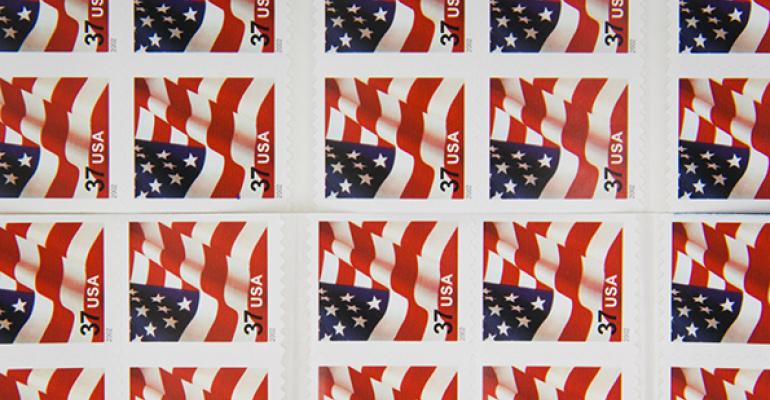Thousands of emails, texts and social media messages pass in front of the average consumer on a daily basis. If yours is somewhere in that mix, how likely is it to be seen—and more importantly—remembered?
A creative direct mail campaign is still one of the most effective ways to reach consumers with a message that they hold in their hands and can’t ignore. But to turn potential success into a reality, there are some proven tactics you should not ignore, the first one being, “Don't bother using direct mail unless you have a valuable offer for customers,” advises Alan Rosenspan, president of Alan Rosenspan & Associates, a direct marketing creative and consulting firm. With that in mind, let’s explore seven more keys to a more effective effort.
1. Don’t rely solely on outside lists. The convenience of every door direct mail (EDDM) and mailing lists is great, but don’t neglect to gather your own lists, whether through email newsletters, online ordering or contests. “Sending out a direct mail campaign depends on getting the names and addresses of people who come to your restaurant,” says Rosenspan. “You can do this by providing an offer, holding fun sweepstakes, collecting business cards, etc.”
2. Don’t offer discounts. “Have an aggressive offer, but don't devalue your image with discounts,” says Keith Goodman, v.p. of corporate solutions for Modern Postcard. “Discounts tend to detract from the value of the brand, so instead offer 2 for 1s, free appetizers or a $20 gift certificate.”
3. Target your customers. To reach your most valuable prospects with direct mail, targeting is key. “While some fast food restaurants can target whole neighborhoods, most other restaurants have very specific demographics,” says Goodman. “Using data technologies such as customer profiling and predictive modeling, you can easily identify and reach the specific prospects that are most likely to become your best customers.” Additionally, Rosenspan reminds restaurateurs not to forget about frequent diners when setting up a direct mail campaign. “Sending out thank-you letters or special offers for the next time they come in works very well in keeping customers loyal,” he says.
4. Welcome new neighbors and celebrate special occasions. “New movers will spend more money in the first six months of moving into a new home than in the next two years combined,” says Goodman. All direct mail companies offer new mover programs that allow you to target those who have recently moved into the neighborhood. Additionally, you now have the ability to choose people with a birthday coming up within a specified radius of your restaurant, according to Goodman. “Sending an offer for a free birthday dinner is very effective,” he says. “They always bring additional people in who will spend money and buy plenty of drinks for the celebration.”
5. Send a personalized letter. Since we’re accustomed to receiving direct mail postcards, Rosenspan suggests standing out by sending a personalized letter or invitation from the owner or manager. “A personalized letter has much more impact than a postcard,” he says. “Feature your three most popular (or newest) entrees in the letter and a simple map on the back.” Even if your restaurant is in a well-known location, it’s been proven that maps work.
6. Repetition is key. Rosenspan says one of the biggest direct mail mistakes restaurant operators make is sending just one mailing. “Most restaurants under market,” he says. “Before you start direct marketing, make a plan, such as mailing once a month to those within the surrounding area, once every two weeks to regular customers and another holiday mailing when people tend to eat out. This will enable you to build a budget that makes sense for you.”
7. Finally, track your progress. The only way to know if your campaign is working is to track it. “Ask customers to bring in your postcard or letter to receive their offer,” says Rosenspan. “If people call in, make sure you ask, ‘Where did you learn about us?’ This will allow you to invest in programs that work, and discard those that do not.”





